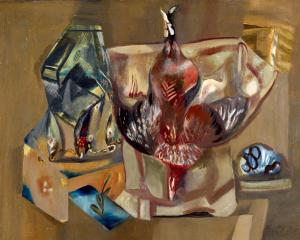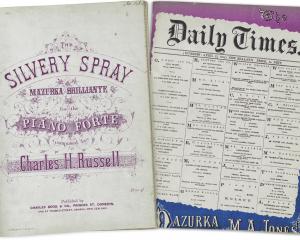
We are all familiar with a range of id badges — our own or others’ — from military dog tags to membership cards or security passes of one form or another. Some we carry, others we wear clipped to a pocket, or on a lanyard around our neck. They convey a range of information that might include a name, job title, place of employment, or sometimes a photograph. However, none that I have seen are even remotely as beautiful as the silk rank badges (buzi) that were worn for centuries by Chinese court officials.
Ming dynasty clothing regulations in 1391 required court officials to wear decorative textile patches that showed which of the nine civil or military ranks they had attained. Birds were used to indicate the civil ranks, while the military ranks were denoted by a variety of animals. Censors, who conducted special investigations for the emperor and reported on other officials, had their own badge depicting a mythical creature, the xiezhi. The badge tradition continued into the Qing dynasty, with most showing a representation of the universe: waves below a landscape and central creature, above which were the sky and clouds.
The rank badges (sometimes called Mandarin squares) were worn as matching pairs on the front and back of ceremonial robes. Most are more or less square in shape. Because the robes had a centre front opening, badges on the back were a single piece, but those on the front had a vertical split down the middle.

Tūhura Otago Museum has recently received five pairs of civil rank badges that were given to the donor’s mother in the mid-20th century, through her association with the Chinese Presbyterian Church in Dunedin. We already had a small number in the collection. The de Beers donated a censor’s badge in the 1980s, and Maud Brown gave us four single badges in 1973; none of them are military. She and her husband, the Rev Thomas Brown, worked for the London Missionary Society in China for most of the 1910s and 1920s.
In all five pairs of this most recent generous donation, the bird looks towards a circular red sun, representing the emperor. At least three of the pairs show a silver pheasant, denoting the fifth civil rank. Identifying the birds can be a bit of a challenge, not only for me, but the long, serrated tail feathers in many embroidered versions of silver pheasants are distinctive. Apparently, this is the species of bird most frequently encountered in collections of rank badges. The other two pairs show what may be a wild goose (the fourth civil rank).

In four of these pairs, the bird stands on one foot on a rock or hill, but in the fifth, the bird flies through a sky of stylised clouds. Even among these examples, there are many variations in the details. Some have auspicious symbols, the border patterns differ, and the plants depicted on the sides, for instance, vary greatly and are perhaps something the wearers were allowed to choose for themselves.
The size of rank badges reduced over the centuries and for that and other reasons, it seems likely that those which comprise this new gift were made in the later years of the Qing dynasty. The social role of rank badges ceased when the Qing dynasty ended in 1911, but removed from their original context, they remained of appeal to textile collectors for their beauty and interest, and the skill shown in their making.
Moira White is curator humanities at Tūhura Otago Museum.







![‘‘Neil’s Dandelion Coffee’’. [1910s-1930s?]. EPH-0179-HD-A/167, EPHEMERA COLLECTION, HOCKEN...](https://www.odt.co.nz/sites/default/files/styles/odt_landscape_small_related_stories/public/slideshow/node-3436487/2025/09/neils_dandelion_coffee.jpg?itok=fL42xLQ3)



